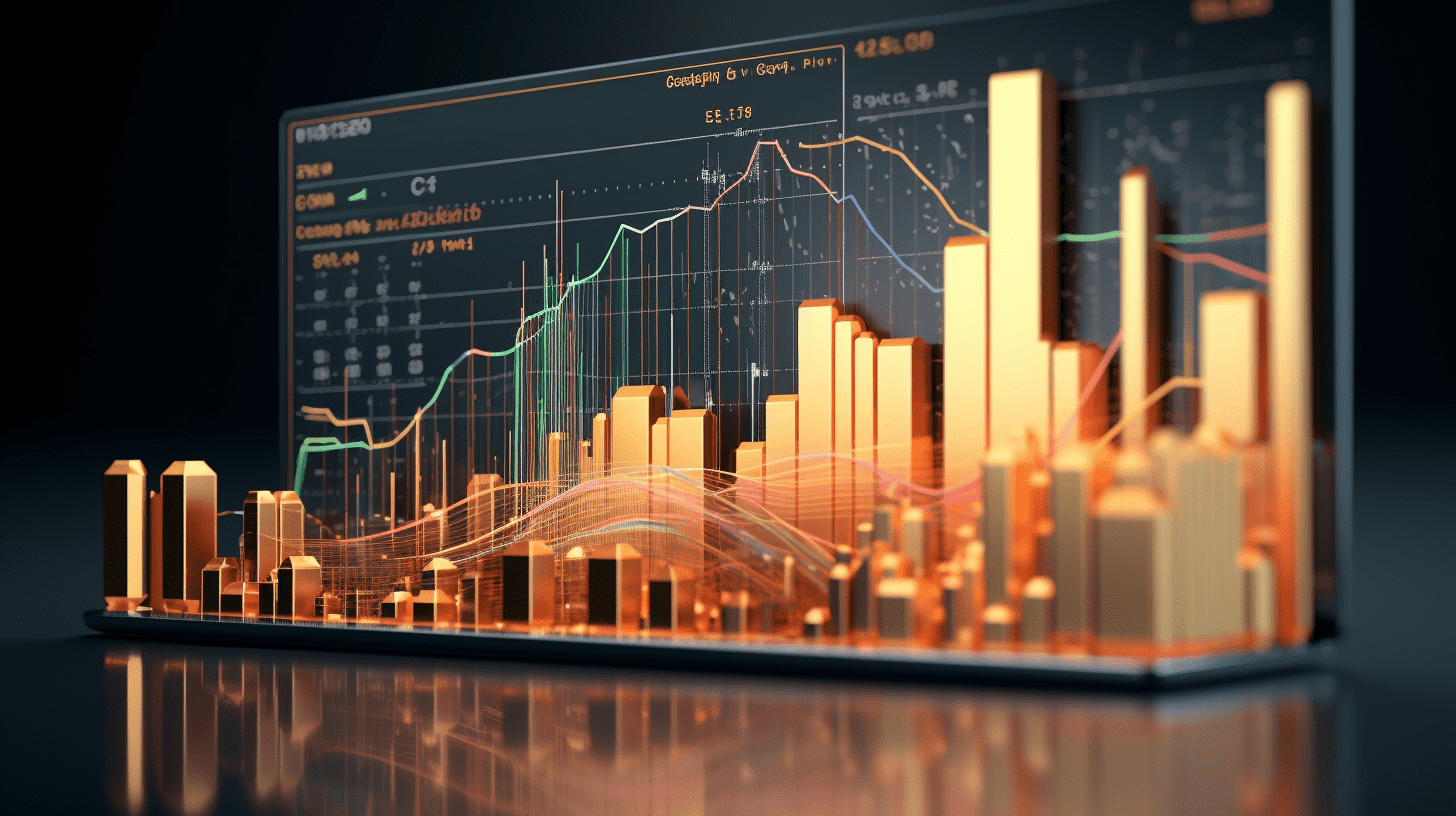Sinolink: Global risk appetite falls again, A-share style continues to rebalance, market spreads to consumer assets.
Under the concerns of "AI vulnerability + delayed interest rate cuts", global risk appetite has once again fallen.
Sinolink released a research report stating that currently, global financial assets/GDP ratio is already high, and historically, when there is a change in fundamentals, the pullback of risk assets can be quite severe. At a time when core asset US tech stocks are hesitating, the domestic TMT sector as its satellite asset continues to adjust, and the market continues to expand from the previous AI+ general AI (such as storage and power) to low-level consumer assets. The US economy is moving towards a "strong investment, weak consumption" bifurcation pattern, similar to the story of China from 2022 to 2024. Whether the bottleneck of power is blocking the development of computing power or the computing power wave is boosting the investment in power, the former is a risk, while the latter is an opportunity. China is reconstructing the cycle of production and consumption, and whether it can reverse the past weak consumption pattern is also worth looking forward to. The mirror image of China and the US is the core of the style transformation.
Sinolink's main points are as follows:
Financial assets: Uncertainty, vulnerability, and style re-balancing
Under the worries of "the vulnerability of AI + postponement of rate cuts," global risk appetite has fallen again. Currently, global financial assets as a percentage of GDP are already high (breaking through 2 standard deviations upwards). Historically, at such times, once there is a change in fundamentals, the pullback of risk assets can be quite severe. Currently, despite the end of the US government shutdown, the market is still in a vague state of "data missing," with many Fed officials' hawkish statements making the current market's probability of a rate cut in December in a game of "50-50." Mapping to the A-share market: styles continue to rebalance, with core assets such as US tech stocks hesitating, the domestic TMT sector as its satellite asset continues to adjust, and the market expanding from the previous AI+ general AI (such as storage and power) to low-level consumer assets (which implies a pessimistic outlook on fundamentals). In the process of capital rebalancing, there is a demand for gains in consumer assets.
Contradictions in overseas fundamentals: Investment and consumption, power and computing power
The current concerns overseas mainly focus on two aspects: firstly, there are many doubts surrounding the value of AI itself, such as whether the hefty investment in AI can bring about actual investment returns that match it. This week, AI data centers like CoreWeave have lowered their capital expenditures, and despite significant revenue growth, their stock prices fell after their financial reports were released. Although the reasons are not due to insufficient demand, the high leverage model of AI infrastructure-related companies means that participants in the chain hope that AI productivity can cover the financing costs, while the growth in computing power demand is constrained by hardware and power supply. In the current global supply chain bottleneck, especially in the context of power supply shortages, it may also be necessary to closely monitor whether other AI data center operators will encounter similar situations in the future. Secondly, the recent divergence in trends between US consumer stocks and the S&P 500 also expresses the market's concerns about a recession in the US economy. Currently, the US economy is showing more of a thriving AI industry and weakening low-end consumption under K-shaped differentiation. With the strong capital expenditure of the "mag7," the drag on "AI-related investments" in macroeconomic data on actual GDP growth has at one point exceeded that of private consumption, which accounts for close to 70% of the US economy, meaning that the development of the AI industry does indeed support the resilience of US investment. However, at the same time, structural layoffs brought about by AI technology advancement have already slowed down the consumption demand of middle and low-income groups, which is also evident in the financial reports of consumer stocks. It is worth noting that, based on the experience of China from 2022 to 2024, the combination of strong production and weak consumption may be a common phenomenon during the period of great power rivalry. As the AI industry accelerates its development, investments began to flow into power and physical investments, and the real core question is: whether the bottleneck of power has hindered the path of computing power development, or the wave of computing power has boosted the investment in power.
Domestic demand in China: Stability in the combination
This week, domestic economic data has been gradually released, with total consumption side data still weak, but marginal improvement in structure is worth noting: while the "policy subsidy" industry aimed at production as the main purpose is beginning to make negative contributions, industries without subsidies are seeing improvements in their contribution to overall consumer goods consumption at the margin. At a time when overseas fundamentals are in a "vague stage," the improvement in domestic demand industries constitutes the foundation for the resilience of Chinese assets. There may be two scenarios in the future: (1) in the past few years, China's resilience in exports has allowed exporters to accumulate a large amount of unsettled funds in an environment of US rate hikes and a strong dollar; and in the medium term, the recovery of the global manufacturing cycle under the US rate cut cycle may bring continued prosperity to exports, and may create more demand for unsettled funds. Historically, when exporters convert more export income into Renminbi assets through settlement, it typically pushes domestic prices to bottom out and rise, providing more support for domestic demand recovery. In this context, consumer leading companies representing domestic demand recovery will indirectly benefit in the new cycle of exports to consumption. (2) Ultimately, the US financial risks may be exposed, and in case the restoration of exports is temporarily hindered due to the temporary suppression of global manufacturing demand, the large outflow of financial capital in the past may accelerate the inflow of unsettled funds under extreme risks, creating significant room for domestic demand assets under policy and funding incentives. In scenario (1), domestic demand assets are beneficial to diversification, and in scenario (2), they act as a stabilizer in the combination.
Style re-balancing in the mirror period between China and the US
Currently, the US economy is moving towards a pattern of "strong investment, weak consumption," which is consistent with China from 2022 to 2024. Whether the bottleneck of power is hindering the development of computing power, or the wave of computing power is boosting investment in power, the bank believes that global power-related assets remain an important investment theme; conversely, whether China's industrial advantages can establish an export-to-consumption cycle at present, reversing the previous weak consumption pattern is also worth looking forward to. Recommendations: first, physical assets that see accelerated manufacturing activities and investments after rate cuts overseas, with the shortage of power overseas acting as a booster for physical demand: upstream resources (copper, aluminum, lithium, oil, coal), demand for stock replenishment of physical assets may recover, focus on oil transportation, with PPI rising, the opportunities in middle industries gradually emerge, such as basic chemicals and steel; second, stabilization in total prices domestically coupled with improved structural demand, with relatively low-consumption assets: food and beverage, aviation, textiles and clothing. Third, China, as the "seller of shovels" in the global industry chain, being able to realize advantages industries overseas: capital goods (engineering machinery, power grid equipment, heavy trucks).
Risk warning: Domestic economic recovery slower than expected; significant downturn in overseas economies.
Related Articles

INSPUR DIGI ENT (00596) plans to offer a discount of approximately 6.77% for the issuance of up to 67,634,000 shares for placement.

VONGROUP (00318): James Andrew McGrah has been appointed as an independent non-executive director.

GUSHENGTANG (02273) intends to acquire 100% equity and related interests of Dazhongtang subsidiary.
INSPUR DIGI ENT (00596) plans to offer a discount of approximately 6.77% for the issuance of up to 67,634,000 shares for placement.

VONGROUP (00318): James Andrew McGrah has been appointed as an independent non-executive director.

GUSHENGTANG (02273) intends to acquire 100% equity and related interests of Dazhongtang subsidiary.

RECOMMEND

Energy Storage Industry Set To Ride the AI Tailwind; UBS: Global Demand May Surge 40% Next Year
13/11/2025

Double Eleven’s Cooling To A Historic Low? A Necessary Step Toward E‑commerce Maturity
13/11/2025

On The Eve of L3 Mass Commercialization: How Autonomous Driving Will Reconfigure a Trillion‑Yuan Service Market
13/11/2025


